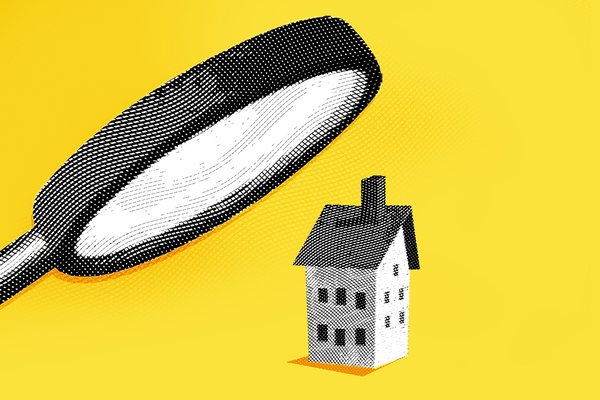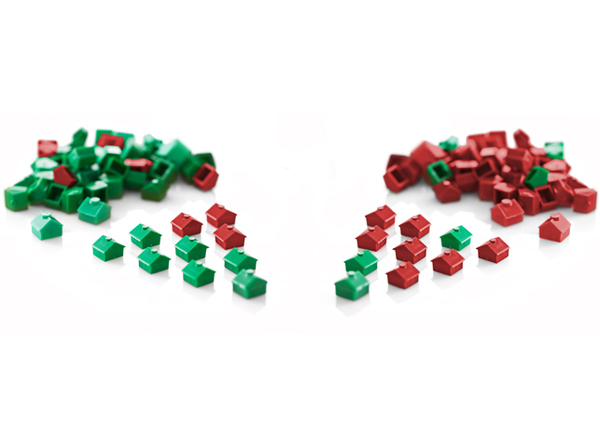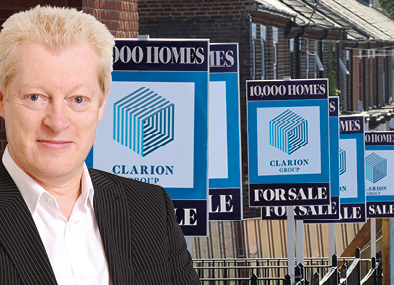You are viewing 1 of your 1 free articles
2017 record year for stock rationalisation
Housing associations sold more homes to each other in 2017 than any year on record, with estimates from experts putting sales numbers between 7,000 and 10,000.
Organisations restructuring after the rent cut, a spate of mergers and a changing market all contributed to an increase in the number of homes sold between housing associations.
Stock rationalisation involves housing associations selling properties to each other or, more rarely, swapping properties.
This is often done for geographical reasons. Exclusive research from Inside Housing revealed in April last year that 204 housing associations had 50 or fewer properties in multiple local authorities, while 43 operated in local authorities where they own just a single property.
The 2017 calendar year, according to an estimate by Charles Cleal, director of JLL’s Affordable Housing Agency, had the most sales on record, with between 7,000 and 10,000 units trading hands.
Mr Cleal told Inside Housing: “Transactions stalled after the rent cut announcement in the July 2015 Budget. Limited [housing associations] were buying or selling stock, and the market was effectively on hold for a few years.
“As a result there was a backlog of stock which was planned to come to the market in 2015/16 but was put on hold. A lot of this stock has now been brought forwards, but there is still more to come.
“[Housing associations] had to go away and rethink their business plans, look at what they were doing with their assets and consider how they were going to fill quite a significant financial gap. Rationalisation was put on hold until organisations’ business plans were reconsidered.”
Helen Collins, head of Savills Housing Consultancy, told Inside Housing the average was between 2,000 and 3,000 a year, and called 2017 “a bumper year”.
Ms Collins added: “We’ve seen some changes in the market. It’s maturing. For example, last year we sold our first large-scale sheltered portfolio of well over 1,000 units.
“Nobody had ever brought 1,000 sheltered units to the market before. It was sold to two buyers, a local [large-scale voluntary transfer] and a national specialist.”
Mr Cleal and Ms Collins agreed that stock rationalisation would continue in 2018, but not to the levels seen last year.
Clarion, the UK’s largest housing association, told Inside Housing in April last year it was planning to sell 10,000 homes as part of its stock rationalisation plan.
Update: at 12.45pm on 12.2.18 This story was updated to correct Helen Collins’ job title and include figures from Savills.
Update: at 9.19am on 13.2.18 Figures supplied by Savills were removed from this story after Savills told Inside Housing that they were inaccurate.












